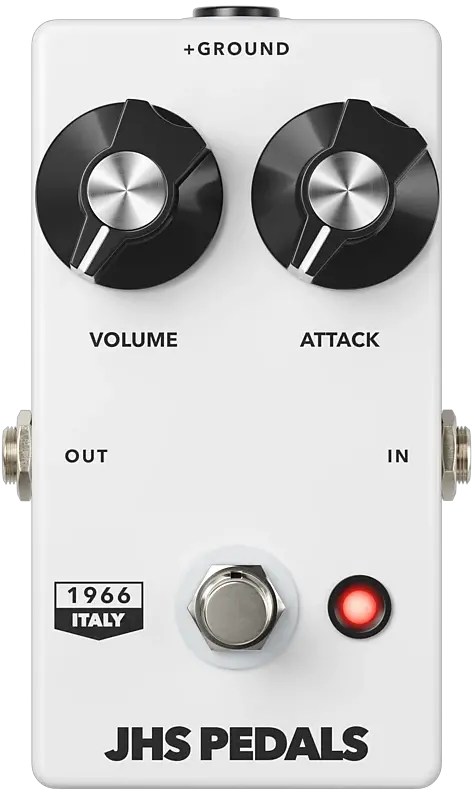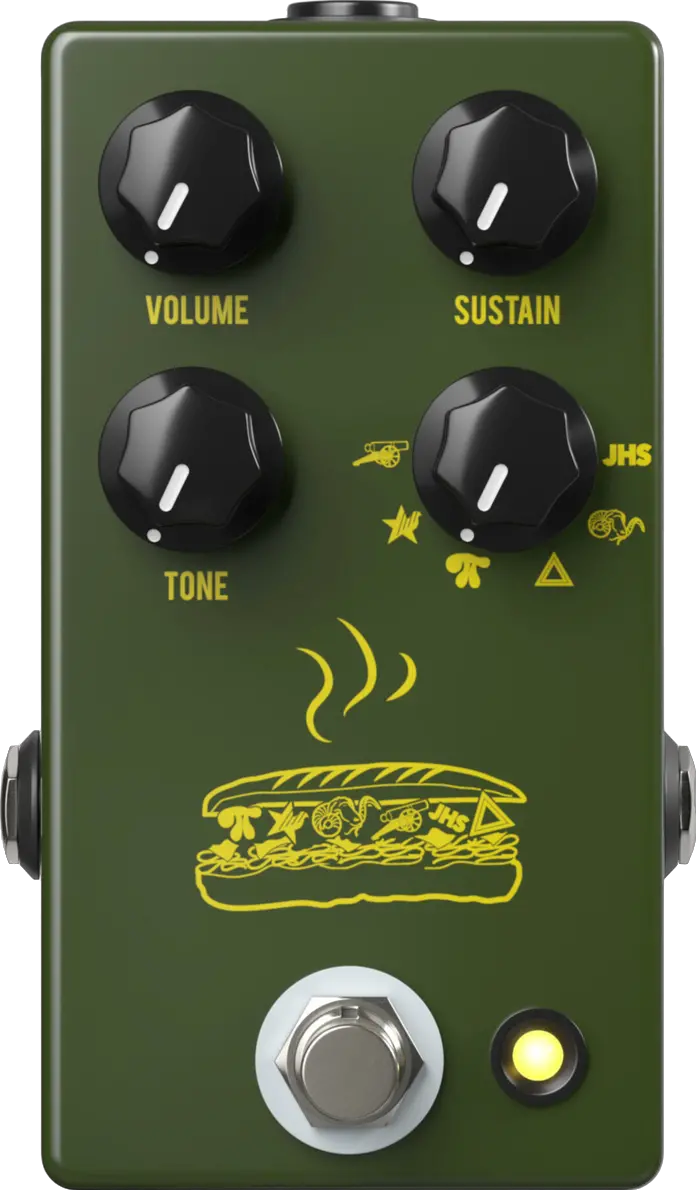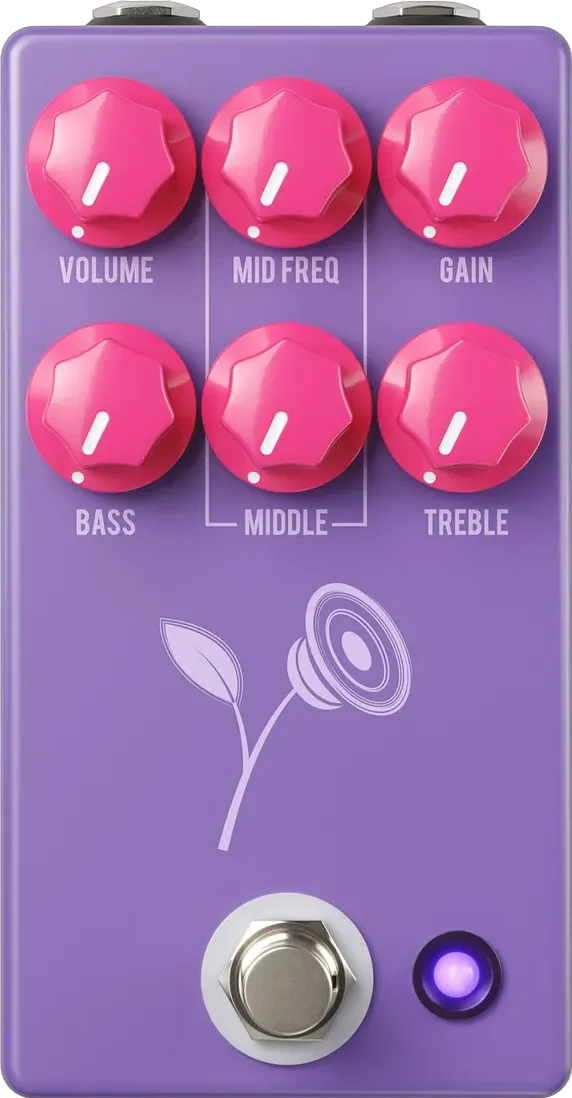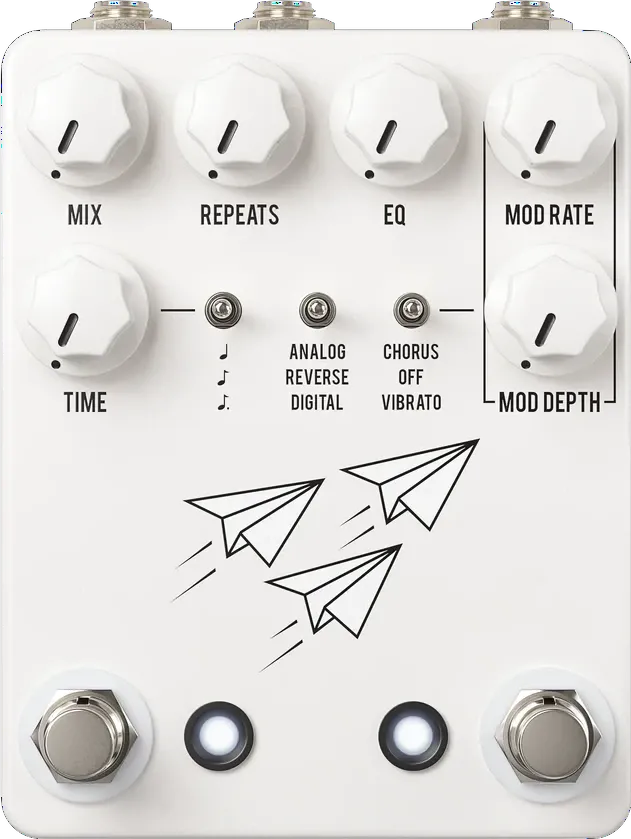1966 Series Italy

Description
When most people hear the name "Tonebender," they think Vox. Even though Sola Sound released the Tonebender from London in 1965, it was, in fact, Vox who a year later mass-produced the circuit from Italy. VOX mass distributed this pedal worldwide alongside their iconic products like the AC30 amplifier and Wah pedal, making it a recognized product for guitarists everywhere. The earliest version of the Vox Tonebender circuit (1966-1968) is very similar to the 1.5 Tonebender and the Arbiter Fuzz Face, but it is much more aggressive and sharp in tone. This circuit lies nicely between the thick and wooly Arbiter and the bright and cutting Rangemaster boost. Many consider this the perfect middle of the road germanium fuzz that can give you a powerful yet articulate fuzz tone. This circuit has a lower output volume than many fuzzes, so it is normal to have the volume near maxed.I advise maxing out the Attack control as well and using your guitar's volume as a gain control! As with most classic fuzz pedals, it loves a dirty amp or overdrive afterward in the signal path. Staying true to the original, I used high-grade carbon composition resistors, oversized capacitors, and two germanium transistors that I hand-matched to the circuit. Each small batch of Italy's will use different transistors as it is challenging to find reliable sources of these devices in large quantities. The circuit uses vintage positive ground voltage, so do not daisy chain your power with other pedals. Inside the pedal is a battery snap or use any isolated power supply with a normal polarity power cable like your other pedals as I have wired it internally to work that way. The Italy is identical to the original except that I adjusted the taper of the pots to feel more intuitive, I also added a single power supply filter capacitor to help with noise. The switching is true-bypass. Each pedal in this batch is built-in identical form, but because of parts tolerances and the slight variance in the transistors, they will all be a bit different while still being the same. Be sure to always have this pedal first in your signal chain; the guitar must be plugged into its input due to the impedance it requires on its input, no exceptions.



